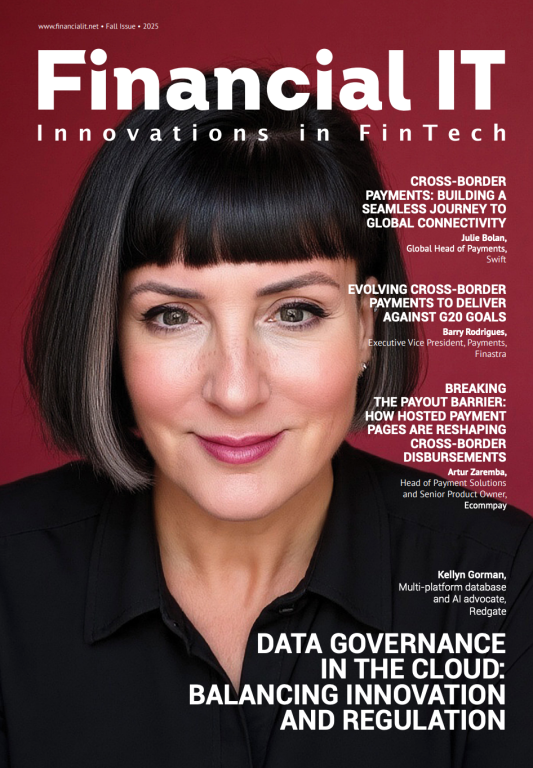Why Artificial Intelligence can find better real estate investments than you can

- Elisabeth Kohlbach, CEO and Co-Founder at Skwire
- 23.04.2020 01:00 pm undisclosed
The spread of COVID-19 has undoubtedly introduced uncertainty for those looking to invest in UK property. However, just as we are all turning to technology to help us deal with and ultimately overcome the effects of the pandemic, there are new advances in tech which will prove invaluable in assisting real estate investors to adapt.
I have seen firsthand how one technological advance in particular – Artificial Intelligence – has huge potential in this field, in two key ways.
First, AI can process vast amounts of data no human could trawl through manually. Previously, investors looking for high yields used to either have to employ a platoon of analysts or build a nationwide network of hyper-local agents, each focused on their own tiny corner of this island, in order to find high-yield investment opportunities across the country. With AI, algorithms can do the heavy lifting to produce a short list of relevant opportunities.
Second, AI can uncover patterns too subtle or counter-intuitive for human analysts to notice. For example, any real estate investor looking for capital growth potential will know that large infrastructure projects will boost capital values or that a yoga studio replacing a betting shop is a signal for a neighbourhood on the up. But by the time the casual investor notices the yoga studio on the street, the AI-powered decision maker will already have made her move – namely when AI spotted the subtler signals like demographic changes reaching a tipping point that precede the physical changes on the high street.
To really understand the impact of AI on real estate, it is worth looking at both of these areas in turn.
Pinpointing high-yield criteria
In recent years there have been powerful advances in AI-enabled systems which improve the ability of investors to identify potential investment targets.
At Skwire, for example, our AI assesses the revenue potential of every single property coming onto the UK market, crunching through the entire UK’s worth of available properties within a few hours to pinpoint the highest-yield opportunities worth further (human) due diligence.
And beyond simply betting on large-scale infrastructure improvements, AI allows investors to pin-point investment opportunities that will outperform the market. Using algorithms, we can now feed in and understand hyper-local data across a variety of sources – from geospatial inputs to fluctuations in shopping footfall and slower-moving demographic shifts.
Crucially, these algorithms do not need to be told what to look for; they do not need a property expert feeding in information on what trends to focus on. Instead, the algorithms’ process of clustering properties by similarity will unearth patterns that investors may not even have thought of.
Small details, big difference
At Skwire we have spread our own investments across a number of British cities – a direct result of using AI, as we have focused on the potential of an asset at a hyper-localised level.
This compares to many traditional approaches to real estate investment, which often simply follow into already established areas of ‘great investment’, i.e. areas in which any arbitrage opportunity has been lost and the local demand often oversaturated.
But patterns can be incredibly localised, or even counterintuitive. An example from our own algorithms was how we identified where an (expected) slight rental yield premium for Liverpool waterfront flats turned into a surprising penalty along a short stretch. Being able to process this level of granularity in data allows investors to de-risk their investments significantly and spot opportunities others overlook.
And whilst purchase price has rightly been seen as a major factor in determining yield, so too are considerations regarding the local amenities which tenants actually value – be that local schools, good supermarkets or transport links which match commuting patterns.
By contrast, the old-fashioned way of trying to identify these manually is both time- and resource-intensive and lagging rather than leading – i.e. chasing the trend and only possible when all factors contributing to higher yield in future have already been established, rather than catching an opportunity on the up.



















